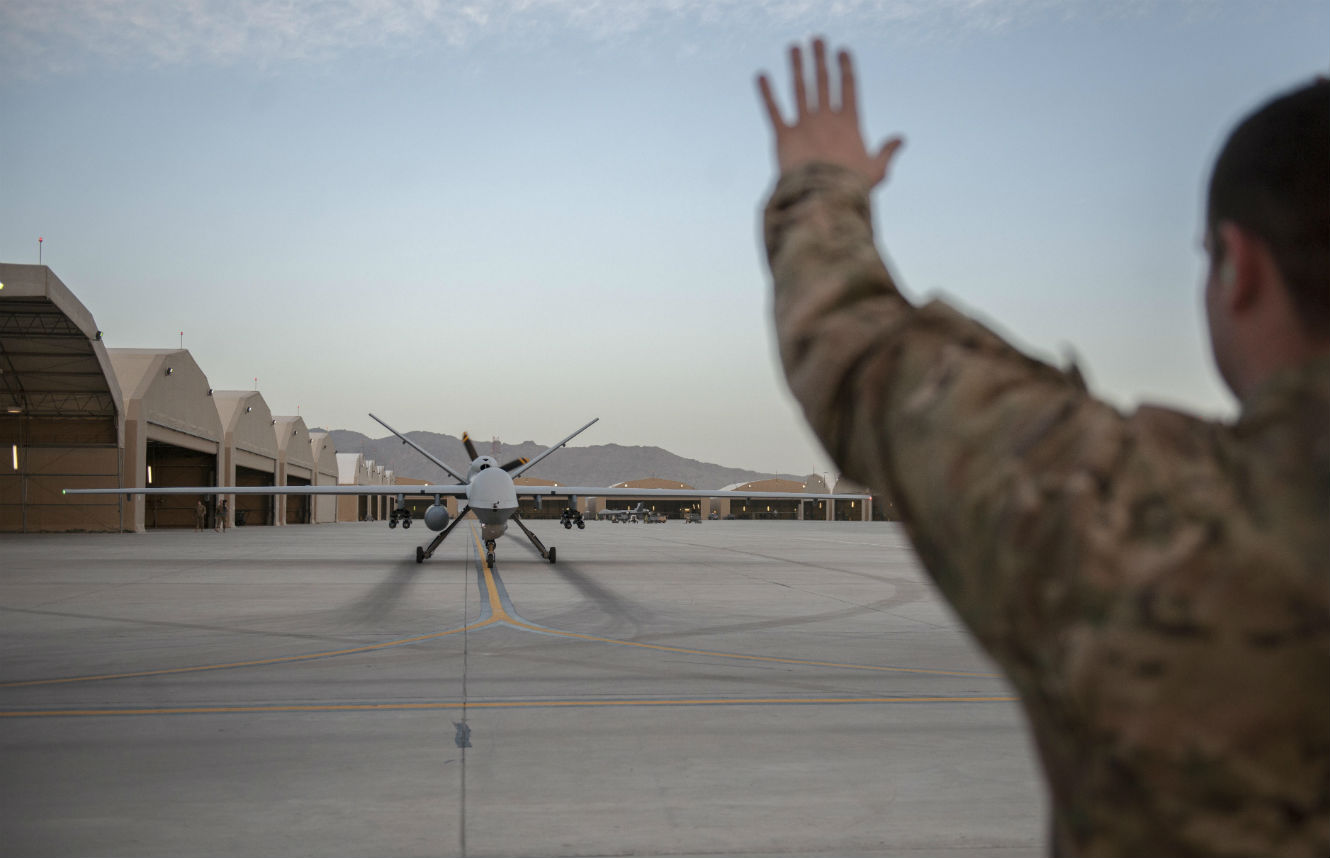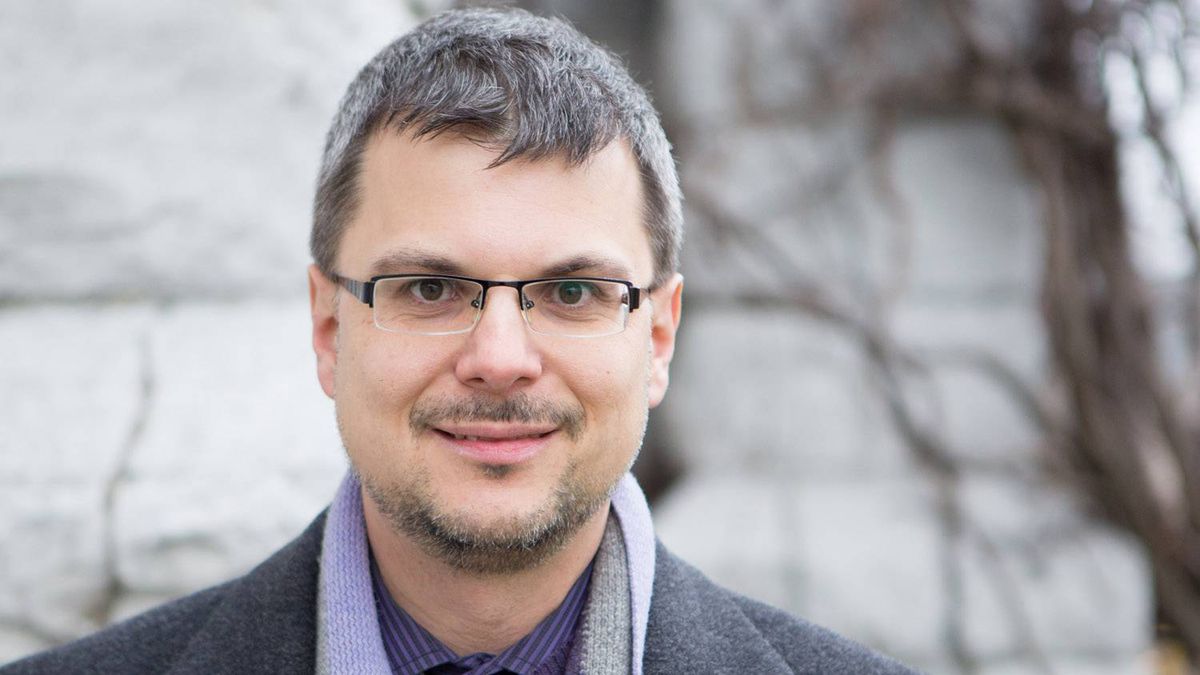We're going to be deeply in debt as a nation after Covid. We've got huge spending upcoming for ships and aircraft. We have high personnel costs and yet we still have issues recruiting/training/retaining people across a whole range of trades.
There has already been lots of discussion about cutting HQ's and reducing administrative overhead and also about fixing the Reserves, but maybe it's time to seriously look at technologies that will allow us to do more with less people.
Maybe we need more units of unmanned aircraft, surface and underwater vessels and ground vehicles instead of more fighters, helicopters, ships, subs, tanks, IFVs and artillery.
The CF is unlikely to grow and personnel costs will continue to rise. To maintain and increase our capabilities maybe we need to focus much more on manned/unmanned teaming for all our capabilities. Don't just plan to replace our MPAs/Fighters/Tanks/C3's/etc. with a new piece of kit...instead, plan right from the start to replace the existing capability with a mix of manned and unmanned platforms that can give the desired capabilities using less people.
If the CF doesn't do something fairly radical, I fear that it will simply become ineffective across the board as a military force.

